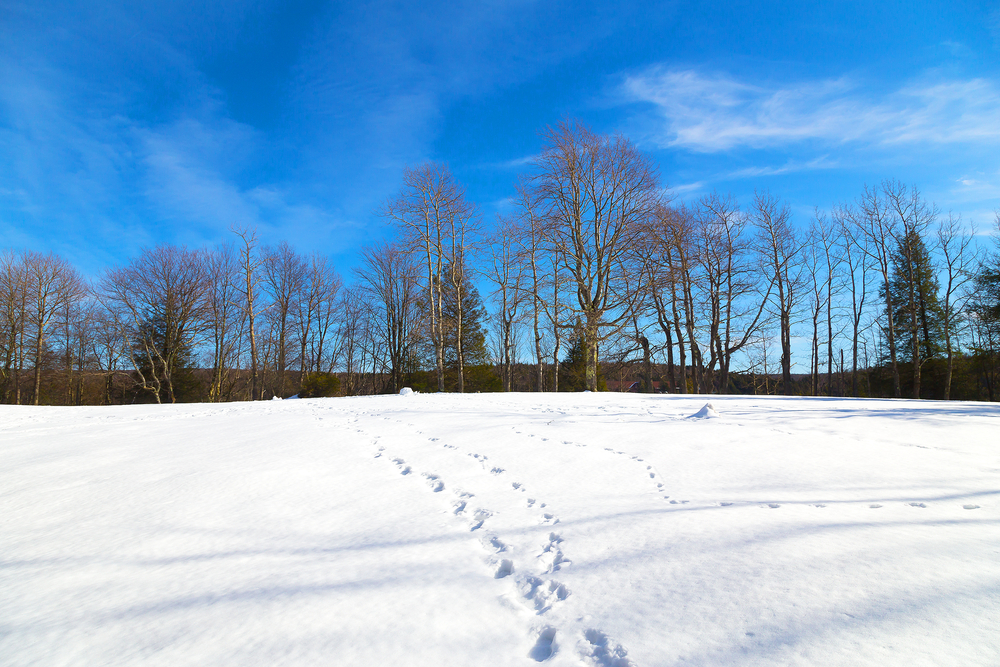Nov 3 2020
The northern regions of the United States will soon be covered by snow with a drop in temperatures and fall transitioning into winter.
 Image Credit: Andrei Medvedev/Shutterstock.com
Image Credit: Andrei Medvedev/Shutterstock.com
However, scientists from the University of New Hampshire (UNH) have determined that snow cover in this region has been decreasing as a result of climate change, with the shift from winter to spring, called the vernal window, getting lengthier.
According to the researchers, by the end of the 21st century, the vernal window, also called mud season in the northeast, could be two to four weeks longer. This implies considerably less melting snow that could prove adverse to crucial spring conditions in rivers and surrounding ecosystems.
We found that climate change could alter the vernal window so much that by the year 2100, 59% of northeastern North America—which goes from Maine to Virginia—would not accumulate any snow. Historically, an average of 27% of the northeast goes without snow but by the end of century states like Connecticut and Pennsylvania could be snow free.
Danielle Grogan, Study Lead Author and Research Scientist, Earth Systems Research Center, University of New Hampshire
As part of the study, recently published in the Environmental Research Letters journal, the team analyzed a range of ecological factors that govern the length of the vernal window, which is denoted by researchers as the transition time from winter to spring when there is no forest canopy or snowpack.
The researchers concentrated on three crucial vernal window events: spring runoff, snow disappearance, and budburst—the emergence of buds on plants, indicating the end of the vernal window.
Climate datasets that predicted future temperature and precipitation were utilized to run simulation models to evaluate the shift in both the opening and closing of the vernal window, together with the impact on rivers and surrounding ecosystems from 1980 to 2099.
Snow melt is a major event for rivers and forests in the northeast. It moves nutrients from the land to the rivers, boosts water levels and triggers essential spring happenings like the migration of fish. Losing the snow and the melt would change ecosystems on many levels and remove key signals that would disrupt natural patterns like fish mating.
Danielle Grogan, Study Lead Author and Research Scientist, Earth Systems Research Center, University of New Hampshire
Although earlier studies have considered how climate change will modify the vernal window, very few have examined the effect on rivers and surrounding areas at the time of this transitional period.
According to scientists, due to the extending vernal window and reducing snowmelt conditions in this area, it could turn out to be the same as the southern snow-free regions and would be a basic change in the hydrologic character of the northeast.
The co-authors of the study are Elizabeth Burakowski, a research assistant professor, and Alexandra Contosta, a research assistant professor, both from UNH.
The study was financially supported by the National Science Foundation.
Journal Reference:
Grogan, D. S., et al. (2020) Snowmelt control on spring hydrology declines as the vernal window lengthens. Environmental Research Letters. doi.org/10.1088/1748-9326/abbd00.